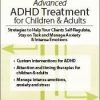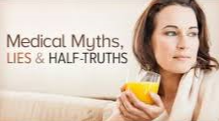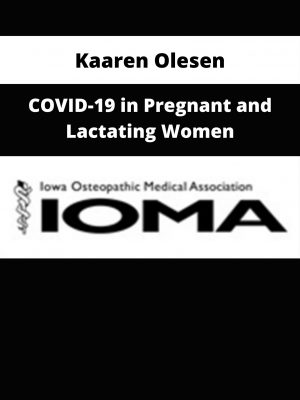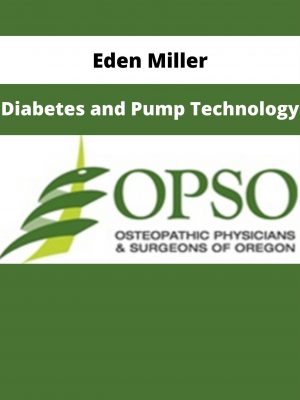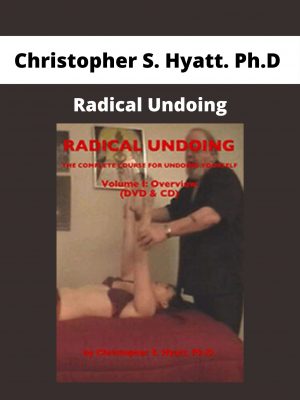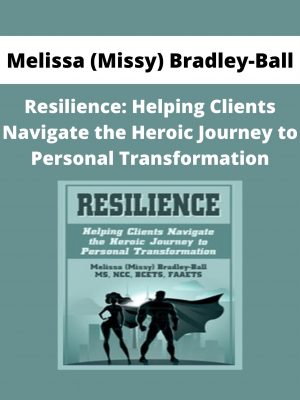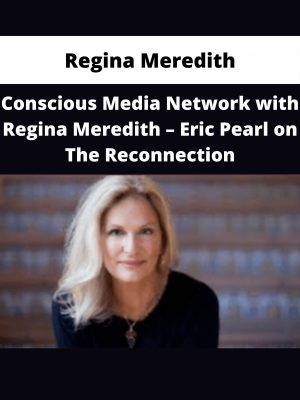Medical Myths, Lies, and Half-Truths
$215 Original price was: $215.$49Current price is: $49.
Shopping Instructions:
- DISCOUNT 15% : SHOP15
- Product Delivery: Within 1 – 12 hours after purchase.
Most of your body heat is lost through your head. This myth is based on the false notion that body heat rises. Heat is lost through the entire surface File size: 5.07 GB
Medical Myths, Lies, and Half-Truths
True or false: Eight glasses of water a day are mandatory for staying hydrated. Vitamin C protects you from catching a cold. Frequent snacking is the quickest way to bust your diet. Natural foods are always better for you. You hear advice like this all the time. But what do these four nuggets of so-called medical wisdom have in common? They’re all myths, half-truths, and misconceptions—pieces of information so familiar we take them for granted without truly considering the scientific truth behind them.
Hide Full Description
In today’s information age, when supposedly accurate medical advice and diagnoses can be found online with the click of a computer mouse, medical myths are all around us. But much of this information isn’t true, and using it to make decisions about your own health—whether it’s how to treat the symptoms of the common cold or how to care for a child or aging relative—can be harmful. Even deadly.
Because you are the one who’s ultimately responsible for your own health, it’s critical to understand the accuracy of medical information; to break down the growing body of misinformation and discover the truth about everyday health and well-being.
“You can’t assume that what you’ve always heard must be true simply because many other people believe it and spread it around,” notes Dr. Steven Novella of the Yale School of Medicine, a medical doctor who has built his career educating patients, the public, students, and professionals about the highest standards in medical science and practice. “You should challenge all of your beliefs and, wherever possible, try to rely upon a consensus of authority or primary sources in order to check out everything that you think you know to be true.”
This is exactly the approach you’ll take with Medical Myths, Lies, and Half-Truths: What We Think We Know May Be Hurting Us. Dr. Novella’s 24 revealing lectures are an empowering learning experience that will give you evidence-based guidelines for good health, will enhance your ability to be better informed about common medical myths, and will strengthen your skills at assessing the scientific truth behind medical information and advice—whether you’re having an important conversation with your doctor or taking a trip down the medicine aisle of your local pharmacy.
Dispel Medical Myths with Authoritative Information
Popular and easily accessible sources such as websites, blogs, advocacy groups, marketing materials, and celebrity endorsements are where we often get quick medical information. But they’re also the most unreliable sources. That’s why Dr. Novella’s course is an essential aid for any home—because the information in every single lecture is rooted in authoritative and reliable sources of fact and knowledge:
Physicians and other health-care professionals
Medical research and professional organizations like the Centers for Disease Control and Prevention
University medical schools
Regulatory agencies like the Food and Drug Administration
After you get a solid foundation for what constitutes “good” information and how to look for it, Dr. Novella guides you through some of the most prevalent and enduring medical myths. And to help you filter through the deluge of advice out there, he’s organized Medical Myths, Lies, and Half-Truths into three major sections that focus on specific aspects of health.
You Are What You Eat and Drink: So much of today’s misinformation swirls around concepts related to dieting and nutrition. Here, you’ll get pointed looks at proper hydration, the routine use of multivitamins, natural foods and probiotics, antioxidants, and more.
Fighting Diseases: Some diseases are merely inconvenient to our everyday life; others, however, can pose significant and lasting health risks. Which makes it all the more important to sort out truth from fiction regarding vaccines, vaccine safety, the supposed link between vaccination and autism, antibiotics, chronic diseases, and other subjects you learn about in this section.
Exploring the Alternatives: It seems as if there’s a surplus of alternative medicines, remedies, and treatments designed to alleviate symptoms, prevent illness, or promote personal health. But which ones really work? Investigate the claims behind herbal medicines, homeopathy, acupuncture, and other alternatives that aren’t as worthwhile as they claim to be.
Dr. Novella also opens your eyes to myths about pregnancy, loss of consciousness, detoxification, and the placebo effect. In one lecture toward the end of the course, he even takes you on a brief tour of common medical myths from around the world to demonstrate that medical myths vary, but misinformation is universal.
Intriguing Medical Questions, Revealing Scientific Answers
At the heart of Medical Myths, Lies, and Half-Truths, of course, are the answers to questions that have long perplexed many of us. Much of the myths and misinformation we hear about sound true and seem to make sense. But do they really? Dr. Novella’s answers, rooted in scientific knowledge and a wealth of medical research, may surprise you.
Here is just a small sample of the many myths you’ll debunk in this intriguing course.
The more vitamins you take every day, the better. Many vitamins can cause dangerous toxicity if taken in high doses (a practice known as megadosing). Regular use of high doses of some vitamins can also increase the risk of disease. For example, Vitamin E supplementation has been shown to correlate with an increased risk of heart disease.
Soda causes hyperactivity in children. Despite common belief, there is no evidence to support a link between caffeinated beverages like soda and behavioral changes in children. In fact, because caffeine is a stimulant, it may improve attention in some children. However, high doses of caffeine can cause jitteriness, nervousness, and sleep difficulty.
You can never be too clean. Regular exposure to immune challenges actually keeps our immune systems healthy—something that can be compromised by overusing antibiotics or being overly hygienic. Recent medical studies show a possible association between decreased immune system exposure and certain diseases like asthma.
Get immediately download Medical Myths, Lies, and Half-Truths
If you’re pregnant and carrying your baby low, then it’s a boy. Myths such as these are pure folklore and are often rooted in ancient gender stereotypes. The only two legitimate methods for determining the sex of your baby are through ultrasound (which looks for physical sexual characteristics) or amniocentesis (which looks at the baby’s chromosomes).
Most of your body heat is lost through your head. This myth is based on the false notion that body heat rises. Heat is lost through the entire surface area of your skin in several methods, including evaporation through sweat. If anything, your hands lose a disproportionate amount of heat due to their highly vascular nature.
Cracking your knuckles causes arthritis. A medical study published in the Journal of Manipulative and Physiological Therapeutics examined 300 knuckle crackers and found no increased risk of arthritis. It did, however, find grip weakness, which was probably caused by repeated stretching of the ligaments around the knuckle joints.
Save Yourself Time, Money, and Worry
A strong proponent of ethics in medicine and the accuracy of medical information, Dr. Novella is a veritable fountain of knowledge who will enhance your understanding of medical truths and instill in you the confidence to overcome the bewildering amount of bad information around you. As an academic neurologist at the Yale School of Medicine, he’s built a career teaching doctors how to become good doctors.
And while it’s always important to seek medical advice directly from your family physician, it is just as important to be your own doctor and to have the knowledge to make smart and savvy health decisions that can save you time, money, and—most of all—unnecessary worry. All of which you’ll get with Medical Myths, Lies, and Half-Truths.
Related products
HEALTH & MEDICAL
HEALTH & MEDICAL
HEALTH & MEDICAL
HEALTH & MEDICAL
HEALTH & MEDICAL
HEALTH & MEDICAL
HEALTH & MEDICAL
Regina Meredith – Conscious Media Network with Regina Meredith – Eric Pearl on The Reconnection
HEALTH & MEDICAL
Dr Heidi M Crocker – Yoga Alignment | Speaker: Heidi Crocker EdD, DC


